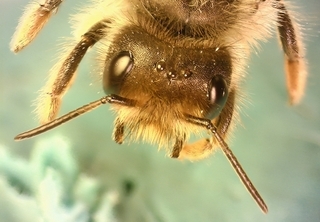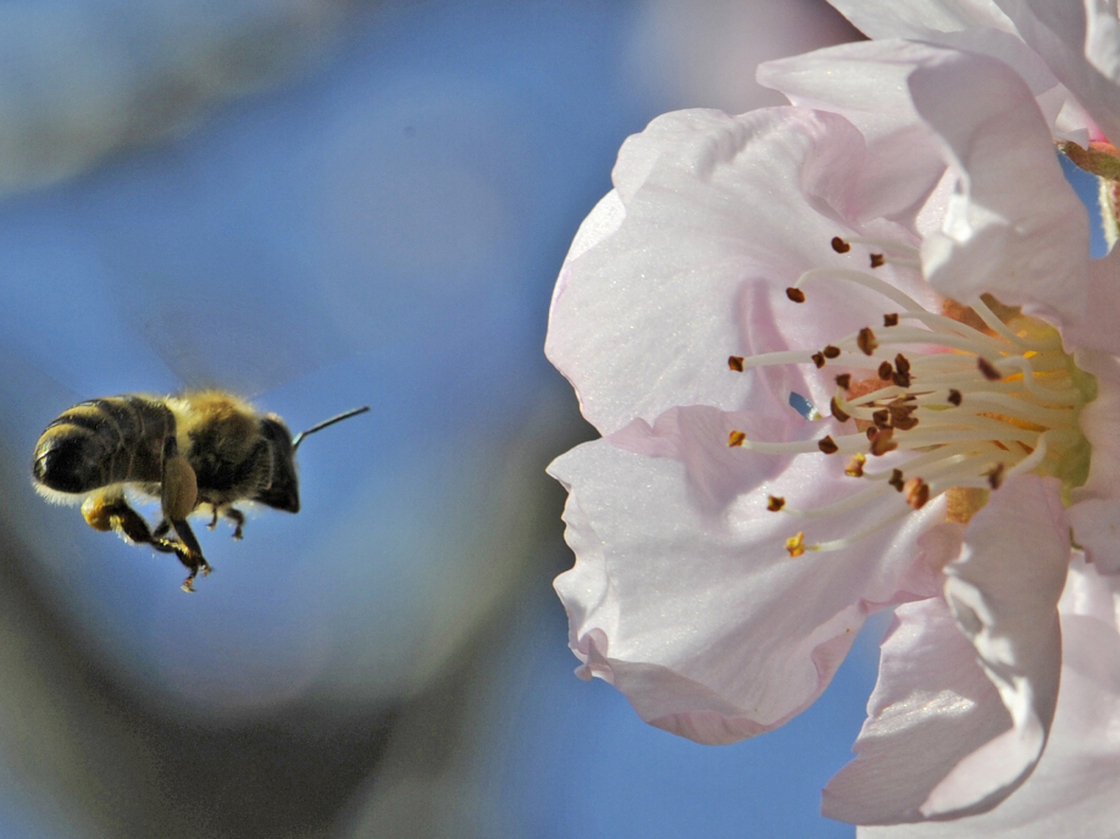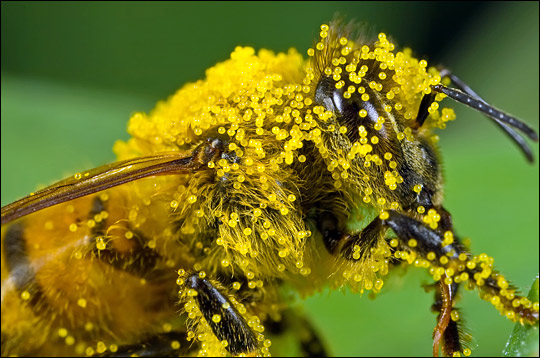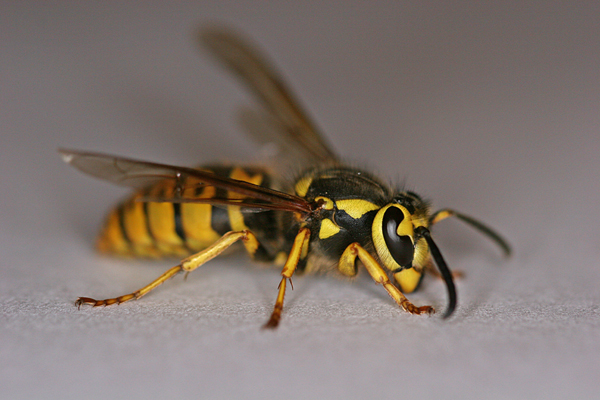 Modern industrial beekeepers keep their charges hard at work pollinating and discourage honey production. As a substitute for honey, an artificial food is supplied to the bees: high fructose corn syrup. The same sweetener used in soft drinks is now fed to bees. The super sweetener, combined with sucrose and protein supplements, arrives in tanker trucks at the temporary installations of migrants bees. The bees do not appreciate the stand-in and frequently refuse it thus compromising their nutrition.
Modern industrial beekeepers keep their charges hard at work pollinating and discourage honey production. As a substitute for honey, an artificial food is supplied to the bees: high fructose corn syrup. The same sweetener used in soft drinks is now fed to bees. The super sweetener, combined with sucrose and protein supplements, arrives in tanker trucks at the temporary installations of migrants bees. The bees do not appreciate the stand-in and frequently refuse it thus compromising their nutrition.
In the 21st century, bees work a longer season, have less time off in the winter, travel thousands of miles from their home territory, and eat a modern diet based on corn syrup. All of these condition weaken the species. Worker bees become more susceptible to mite infestation. Queen bees live shorter lives. A bee expert from Pennsylvania reports an exhaustion of sorts, “a strong immune suppression” which he compares to "the AIDS of the bee industry.”
Cross-country travel and an artificial diet are not healthy for bees. Nor is the constant contact with insecticides and pesticides used in industrial-sized orchards and fields. One insecticide, whose use continues to rise in the United States, has been banned in some European countries because it is a contributing factor to the decline of the bee population.
If you have a pet, you probably have the chemical in your home. It is the active ingredient in a popular flea treatments for dogs and cats. To prevent fleas, just squeeze a dose of the clear liquid between the animal’s shoulder blades. Used once a month, the neurotoxin collects in the oils of your pet’s skin and fur and is released over time to kill unwanted insects. Since it is not soluble in water, the “medication” stays in the pet’s fur, even after swimming. According to the package instruction, fleas and ticks are killed by “affecting the parasite’s nervous system, causing paralysis and death.”














